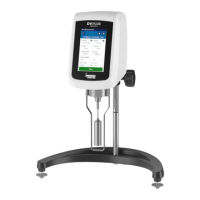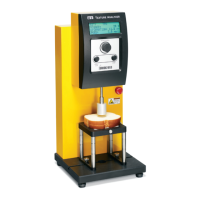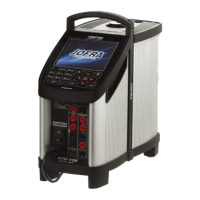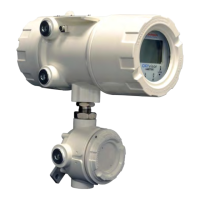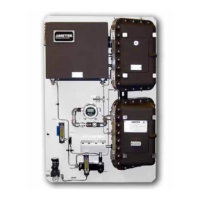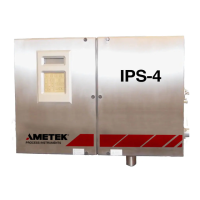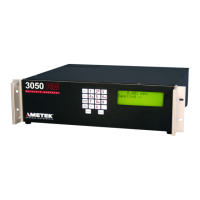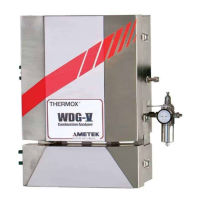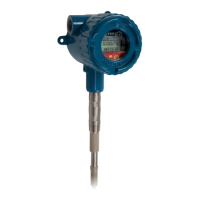M19-2101 REVISION 2.0 DVNEXT RHEOMETER - OPERATIONAL MANUAL
APPENDIX N - FAULT DIAGNOSIS AND TROUBLESHOOTING
Listed are some of the more common problems that you may encounter while using your Rheometer.
Spindle does not rotate
• Make sure the rheometer is plugged in.
• Check the voltage rating on your rheometer (5, 220V); it must match the wall voltage.
• Make sure the motor is ON and the desired RPM is selected.
• Make sure the spindle is tightened securely to the rheometer coupling.
• Check the straightness of all other spindles; replace if bent.
• Inspect rheometer/spindle threaded coupling and mating areas for dirt; carefully clean threads in the
spindle coupling with a 3/56 tap.
• Inspect rheometer/spindle magnetic couplings and mating areas for debris; e.g. metallic chips or shavings.
• Inspect threads for wear; if the threads are worn, the unit needs service (see Appendix O). Check to see if
spindles rotate eccentrically or wobble. There is an allowable run-out of 1/32-inch in each direction (1/16-
inch total) when measured from the bottom of the spindle rotating in air.
• Check to see if the rheometer coupling appears bent; if so, the unit is in need of service (see Appendix O:
Warranty Repair and Service).
• Verify spindle, speed, and model selection.
• Verify spindle selection is correct on DVNext.
• If % readings are under-range (less than 10%), the display will flash; change spindle and/or speed.
• "EEEE" on the digital display means the unit is over-range (greater than 100%); reduce speed and/or
change spindle.
• Verify test parameters: temperature, container, volume, method. Refer to: "More Solutions to Sticky
Problems", Section III "DVNext Rheometer Operating Instructions", Appendix C: Variables in Viscosity
Measurements.
• Perform a calibration check; follow the instructions in Appendix F.
• Verify tolerances are calculated correctly.
• Verify the calibration check procedures were followed exactly.
• If the unit is found to be out of tolerance, the unit may be in need of service. See Appendix O for details
on Warranty Repair and Service.
Rheometer will not return to zero
• Rheometer is not level
• Check with spindle out of the sample.
• Adjust the laboratory stand.
• Pivot point or jewel bearing faulty
• Perform an Oscillation Check*
• Refer to Appendix H for Automatic Oscillation Check.
*This procedure does not apply to instruments with ball bearing suspension (see Section I.3).
Display reading will not stabilize
• Special characteristic of sample fluid. There is no problem with the rheometer.
• Refer to Appendix C.
• Check for erratic spindle rotation.
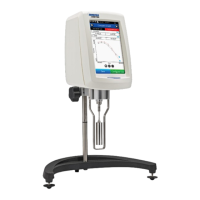
